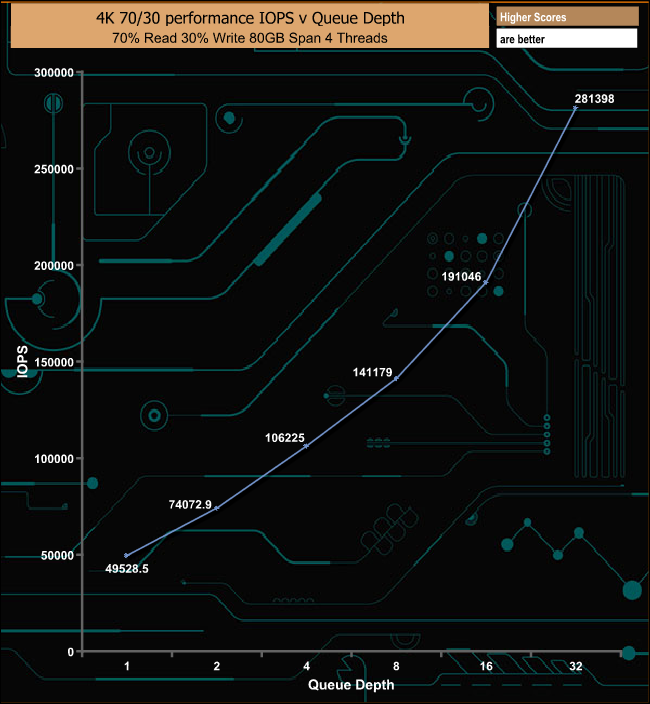Sabrent's Rocket 4 Plus displays strong performance in our 70/30 read/write mixed test.
Tags 1tb Micron B27B 96-layer 3D TLC NAND NVMe M.2 Phsion PS5018-E18 Review rocket 4 plus review sabrent
Check Also
NZXT F-Series X Fan Review: F120X/F240X/F360X
NZXT's latest high performance fans are here - are they worth £100 for the triple 120mm variant?
 KitGuru KitGuru.net – Tech News | Hardware News | Hardware Reviews | IOS | Mobile | Gaming | Graphics Cards
KitGuru KitGuru.net – Tech News | Hardware News | Hardware Reviews | IOS | Mobile | Gaming | Graphics Cards





